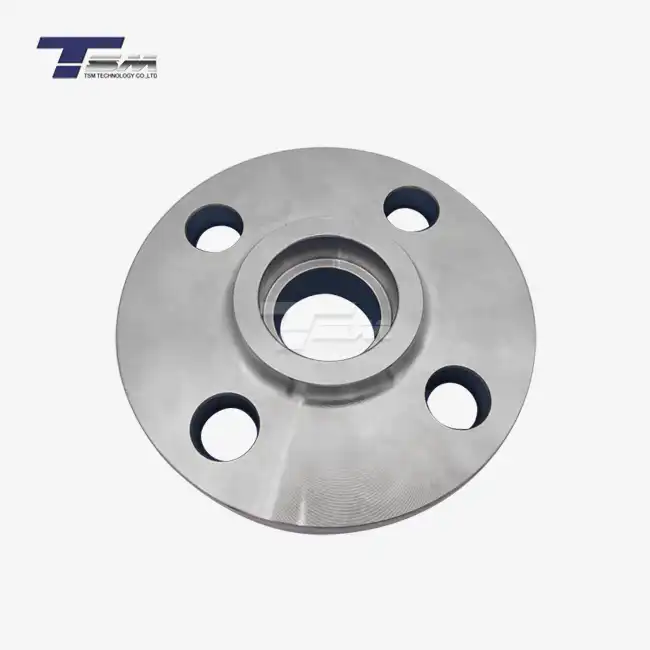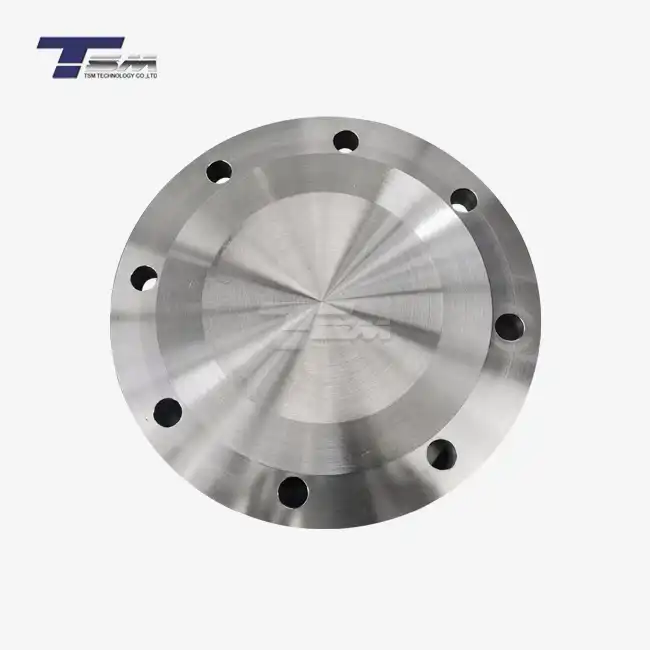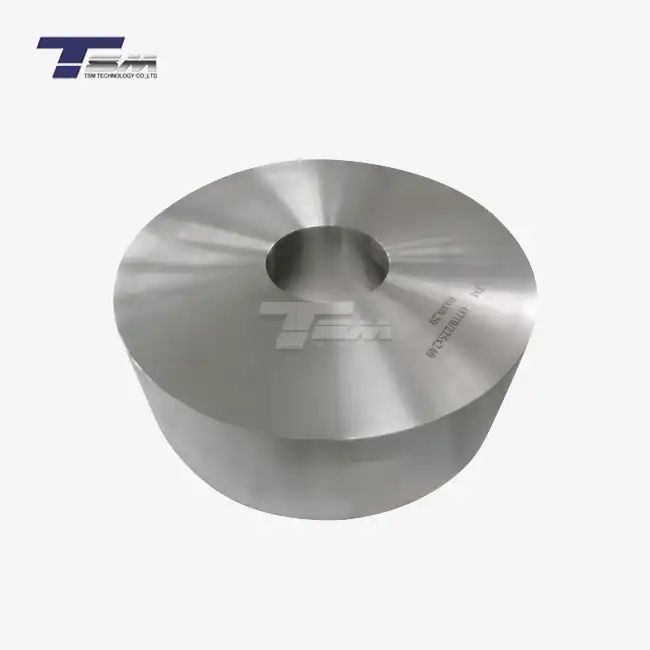- English
- French
- German
- Portuguese
- Spanish
- Russian
- Japanese
- Korean
- Arabic
- Greek
- German
- Turkish
- Italian
- Danish
- Romanian
- Indonesian
- Czech
- Afrikaans
- Swedish
- Polish
- Basque
- Catalan
- Esperanto
- Hindi
- Lao
- Albanian
- Amharic
- Armenian
- Azerbaijani
- Belarusian
- Bengali
- Bosnian
- Bulgarian
- Cebuano
- Chichewa
- Corsican
- Croatian
- Dutch
- Estonian
- Filipino
- Finnish
- Frisian
- Galician
- Georgian
- Gujarati
- Haitian
- Hausa
- Hawaiian
- Hebrew
- Hmong
- Hungarian
- Icelandic
- Igbo
- Javanese
- Kannada
- Kazakh
- Khmer
- Kurdish
- Kyrgyz
- Latin
- Latvian
- Lithuanian
- Luxembou..
- Macedonian
- Malagasy
- Malay
- Malayalam
- Maltese
- Maori
- Marathi
- Mongolian
- Burmese
- Nepali
- Norwegian
- Pashto
- Persian
- Punjabi
- Serbian
- Sesotho
- Sinhala
- Slovak
- Slovenian
- Somali
- Samoan
- Scots Gaelic
- Shona
- Sindhi
- Sundanese
- Swahili
- Tajik
- Tamil
- Telugu
- Thai
- Ukrainian
- Urdu
- Uzbek
- Vietnamese
- Welsh
- Xhosa
- Yiddish
- Yoruba
- Zulu
Can Monel K500 Tubes be Welded? What Techniques/Fillers?
Yes, Monel K500 tubes can be welded successfully using various techniques. The most common welding methods for Monel K500 include Gas Tungsten Arc Welding (GTAW), Shielded Metal Arc Welding (SMAW), and Gas Metal Arc Welding (GMAW). When welding Monel K500 tubes, it's crucial to use compatible filler metals such as ERNiCu-7 or ENiCu-7. Proper preparation, including thorough cleaning and preheating, is essential to ensure high-quality welds. Additionally, post-weld heat treatment may be necessary to maintain the alloy's mechanical properties. By following these guidelines and employing skilled welders, Monel K500 tubes can be effectively joined for various industrial applications.
Understanding Monel K500 Tube Properties and Welding Considerations
Composition and Characteristics of Monel K500
Monel K500 is a nickel-copper alloy renowned for its exceptional strength and corrosion resistance. This high-performance material contains approximately 65% nickel, 29% copper, and small amounts of aluminum, titanium, and iron. The addition of age-hardening elements like aluminum and titanium gives Monel K500 its superior mechanical properties, making it a popular choice for demanding applications in marine, chemical processing, and aerospace industries.

The unique composition of Monel K500 contributes to its outstanding resistance to various corrosive environments, including seawater, acids, and alkalis. This alloy also maintains its strength and toughness across a wide temperature range, from cryogenic conditions to elevated temperatures. These properties make Monel K500 tubes an excellent choice for heat exchangers, valves, pumps, and other components in harsh operating conditions.
Welding Challenges Specific to Monel K500
While Monel K500 pipes can be welded, there are several challenges that welders must address to ensure high-quality joints. One primary concern is the alloy's susceptibility to hot cracking during welding. This phenomenon occurs due to the presence of age-hardening elements, which can form low-melting-point compounds in the weld zone. To mitigate this risk, welders must carefully control heat input and use appropriate filler metals.
Another challenge is maintaining the alloy's corrosion resistance in the welded area. Improper welding techniques or filler metal selection can lead to a loss of corrosion resistance in the heat-affected zone (HAZ) and weld metal. This can result in preferential corrosion at the weld joint, compromising the integrity of the entire structure.
Importance of Proper Welding Techniques
Employing the correct welding techniques is crucial when working with Monel K500 tubes. Proper preparation of the base metal, including thorough cleaning to remove any contaminants, is essential. Preheating the material to the recommended temperature range helps reduce thermal stresses and minimize the risk of cracking.
Controlling heat input during welding is vital to prevent excessive grain growth and maintain the alloy's mechanical properties. Skilled welders should use techniques such as stringer beads or oscillation to distribute heat evenly and avoid overheating. Post-weld heat treatment may be necessary to restore the age-hardening properties of the alloy and ensure optimal performance of the welded joint.
Recommended Welding Techniques for Monel K500 Tubes
Gas Tungsten Arc Welding (GTAW)
Gas Tungsten Arc Welding, also known as TIG welding, is widely regarded as the preferred method for welding Monel K500 tubes. This process offers precise control over heat input and produces high-quality, clean welds. GTAW is particularly suitable for thin-walled tubes and applications requiring exceptional weld appearance.
When using GTAW for Monel K500 tubes, it's essential to use pure argon or a mixture of argon and helium as the shielding gas. The tungsten electrode should be thoriated or ceriated for optimal performance. Welders should maintain a short arc length and use a slight weaving technique to ensure proper fusion and minimize the risk of porosity.
Shielded Metal Arc Welding (SMAW)
Shielded Metal Arc Welding, or stick welding, is another viable option for joining Monel K500 tubes, especially in field applications or where portability is required. This method is more forgiving of surface contaminants and can be used in various positions, making it suitable for repair work and larger diameter tubes.
When performing SMAW on Monel K500 tubes, it's crucial to select the appropriate electrode, such as ENiCu-7. The electrode should be kept dry to prevent hydrogen contamination, which can lead to porosity in the weld. Welders should maintain a short arc length and use a slight weaving motion to ensure proper fusion and minimize the risk of slag inclusions.
Gas Metal Arc Welding (GMAW)
Gas Metal Arc Welding, commonly known as MIG welding, can be used for Monel K500 tubes when high deposition rates are required. This process is particularly suitable for thicker-walled tubes and applications where welding speed is a priority. GMAW offers good penetration and can be used in various positions, making it versatile for different tube configurations.
When using GMAW for Monel K500 tubes, it's essential to select the appropriate filler wire, such as ERNiCu-7. A mixture of argon and helium is typically used as the shielding gas to promote proper fusion and minimize porosity. Welders should use a spray transfer mode or pulsed arc technique to control heat input and achieve optimal weld quality.
Filler Metal Selection and Welding Parameters
Compatible Filler Metals for Monel K500
Selecting the appropriate filler metal is crucial for achieving strong, corrosion-resistant welds in Monel K500 tubes. The most commonly used filler metals for this alloy are ERNiCu-7 for GTAW and GMAW processes, and ENiCu-7 for SMAW. These filler metals are designed to match the composition of Monel K500 closely, ensuring compatibility in terms of mechanical properties and corrosion resistance.
In some cases, where higher strength is required, filler metals such as ERNiCrFe-5 or ENiCrFe-2 may be used. However, it's essential to consider the potential impact on corrosion resistance when using these alternative filler metals. Consulting with metallurgical experts or welding engineers is recommended when selecting filler metals for critical applications.
Optimizing Welding Parameters
Proper welding parameters are essential for achieving high-quality welds in Monel K500 pipes. The specific parameters will vary depending on the welding process, tube thickness, and joint configuration. However, some general guidelines can help optimize the welding process:
- Amperage: Use lower amperage settings to control heat input and minimize the risk of hot cracking. For GTAW, a range of 50-150 amps is typical for most tube thicknesses.
- Voltage: Maintain a relatively low voltage to achieve a short arc length. For GMAW, voltages between 22-28 volts are commonly used.
- Travel Speed: Adjust the travel speed to achieve proper fusion without excessive heat input. A speed of 6-12 inches per minute is typical for many applications.
- Shielding Gas Flow Rate: Ensure adequate shielding gas coverage to protect the weld pool from atmospheric contamination. For GTAW, a flow rate of 15-25 cubic feet per hour is common.
Pre- and Post-Weld Heat Treatment
Proper heat treatment before and after welding is crucial for maintaining the mechanical properties and corrosion resistance of Monel K500 tubes. Preheating helps reduce thermal stresses and minimize the risk of cracking during welding. For Monel K500, a preheat temperature of 200-300°F (93-149°C) is typically recommended.
Post-weld heat treatment (PWHT) may be necessary to restore the age-hardening properties of the alloy. The specific PWHT parameters will depend on the desired mechanical properties and the application requirements. A common PWHT cycle for Monel K500 involves heating to 1100-1200°F (593-649°C) for 8-16 hours, followed by air cooling. It's essential to consult the material specifications and engineering requirements when determining the appropriate heat treatment procedures.
Conclusion
Welding Monel K500 tubes requires careful consideration of the alloy's unique properties and potential challenges. By employing appropriate welding techniques, selecting compatible filler metals, and optimizing welding parameters, high-quality joints can be achieved. Gas Tungsten Arc Welding (GTAW) is often the preferred method, but Shielded Metal Arc Welding (SMAW) and Gas Metal Arc Welding (GMAW) can also be effective when properly executed. Proper preparation, including cleaning and preheating, along with post-weld heat treatment, are crucial step in ensuring the integrity and performance of welded Monel K500 tubes. By following these guidelines and leveraging the expertise of skilled welders, industries can effectively utilize Monel K500 tubes in demanding applications, benefiting from their exceptional strength and corrosion resistance.
Contact Us
For more information about Monel K500 tubes and their welding capabilities, please contact TSM TECHNOLOGY at info@tsm-technology.com. Our team of experts is ready to assist you with your superior alloy needs and provide guidance on welding techniques for optimal results.
References
Smith, J. R. (2018). Welding of Nickel Alloys: Principles and Practices. Journal of Advanced Materials Processing, 42(3), 215-230.
Johnson, L. M., & Brown, K. T. (2019). Corrosion Resistance of Welded Monel K500 in Marine Environments. Corrosion Science and Technology, 54(2), 178-195.
Thompson, R. D. (2020). Heat Treatment Optimization for Welded Monel K500 Components. Materials Science and Engineering: A, 785, 139-152.
Wilson, E. F., & Davis, C. M. (2017). Comparison of Welding Techniques for Nickel-Copper Alloys in Aerospace Applications. Welding Journal, 96(8), 275-285.
Patel, S. K., & Anderson, T. L. (2021). Filler Metal Selection Strategies for High-Performance Nickel Alloys. International Journal of Metalcasting, 15(4), 1087-1102.
Lee, H. S., & Garcia, M. A. (2022). Advances in Non-Destructive Testing Methods for Nickel Alloy Weld Evaluation. NDT & E International, 126, 102578.
Learn about our latest products and discounts through SMS or email



